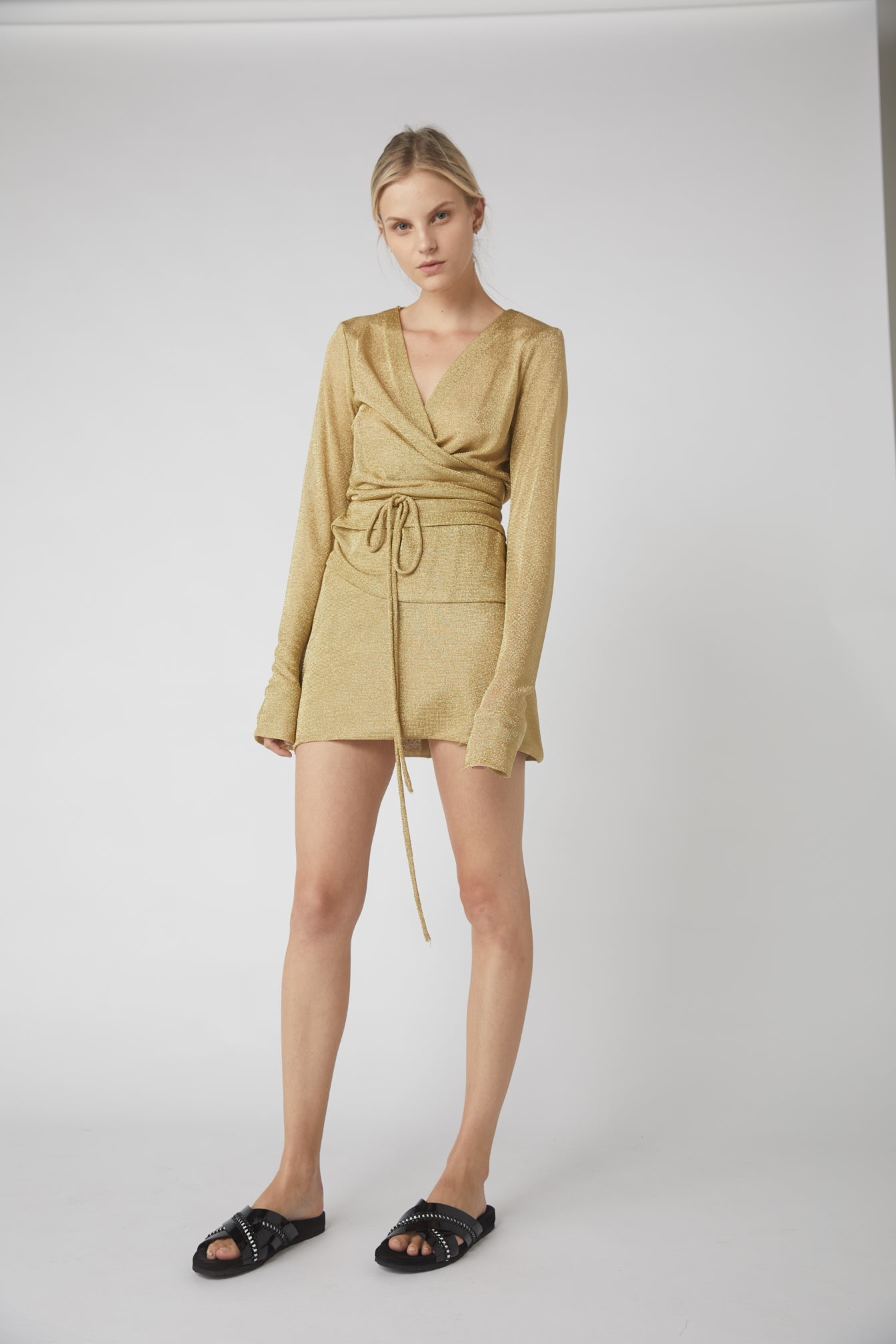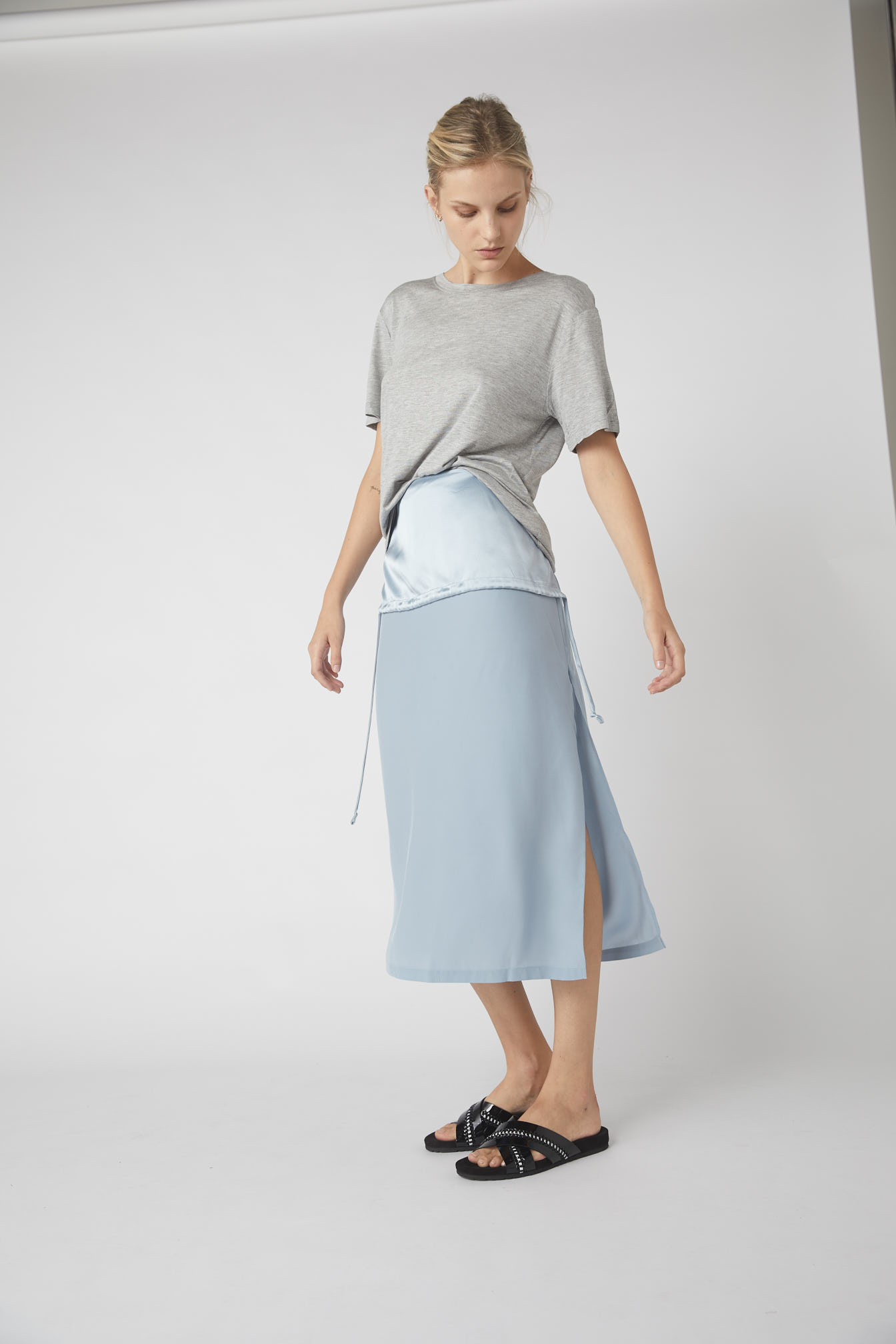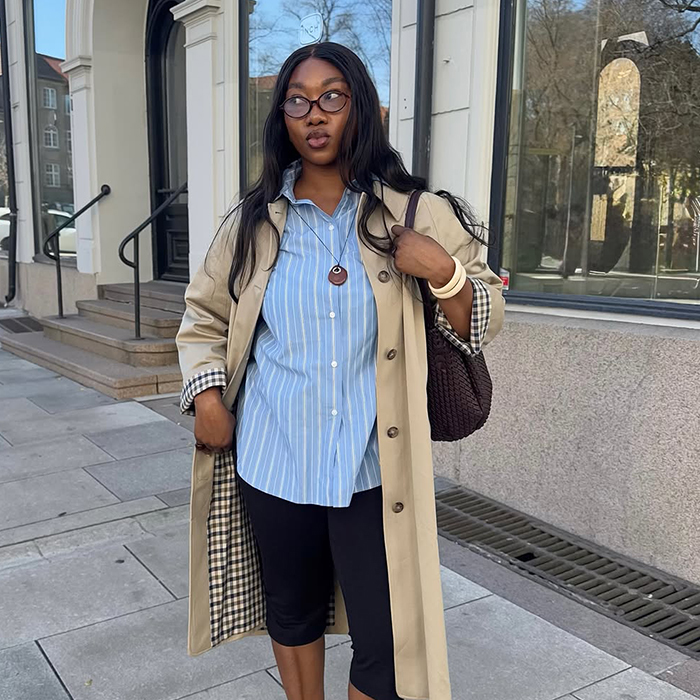The Clever Way This Local Brand Is Helping the Environment
This feature is dedicated to our #NoChangeNoFuture initiative. From the Women’s March, to Australia voting yes to same sex marriage, and the #MeToo movement, 2017 taught us to look beyond ourselves and come together as a collective of powerful women who are writing our own history. Join us as we commit to being the change we want to see in 2018. Because without change, there is no future.
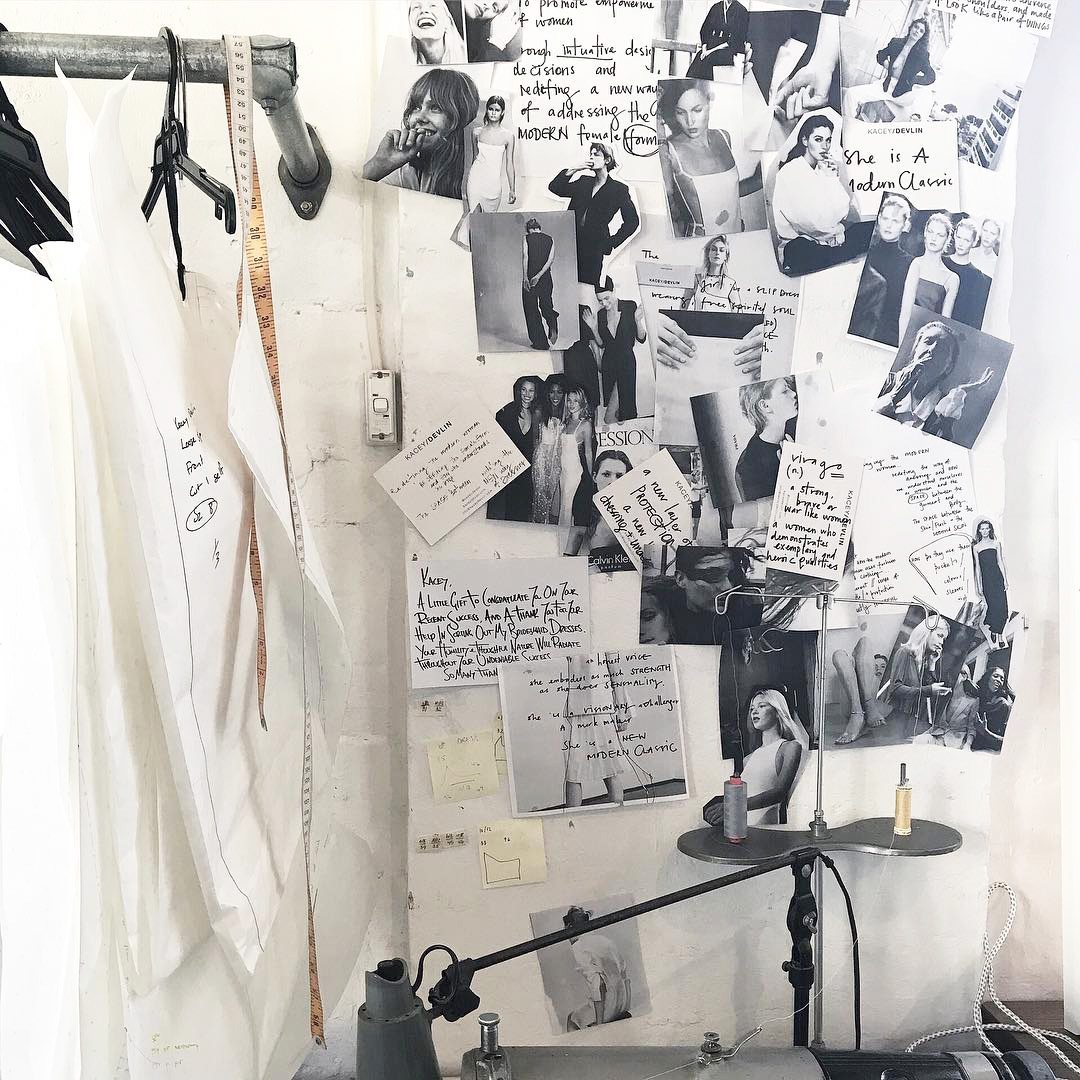
Fashion isn’t exactly the environment's best friend. From leftover fast fashion building up in landfills, to gallons upon gallons of water used during clothing production; it’s easy to see how each little impact builds up to make the fashion industry the world’s second largest polluter. While facing the realities of what fashion is doing to our planet can be heartbreaking, there are still glimmers of hope suggesting that change is possible. And if we want to keep enjoying life as we know it, it's essential.
Granted, it may sound dramatic, but the way that clothing is currently being produced is not sustainable long-term, and to be quite honest, we can’t keep it up at this pace for much longer. Something has to change, and the sooner the better. Thankfully, a number of brands understand that the industry they’re a part of is contributing to environmental degradation and have thus taken measures to mitigate the damage that fashion is doing. From making bikinis out of ocean litter, to producing clothing in limited quantities, brands at home and abroad are working to improve the operation of the industry.
While there are many brands working towards more sustainable practices, one local designer has caught our eye in particular. From the beginning, Kacey Devlin has understood the negative impact of fashion, and has thus worked to be a part of the solution in a bunch of creative ways. Curious to learn more, we spoke to Devlin for some insight into how her brand understands its environmental impact, and to find out how this affects the design process.
“In regards to managing our environmental footprint”, Devlin shares, the brand “starts right back at the initial design process.” By designing clothes with the environment in mind, the brand aims to reduce waste by ensuring that clothes will not only last long, but will also remain versatile so as to avoid being thrown out. “We deliberately design pieces that have high frequency wearability and can be worn multiple ways”, the designer shares. This means no more one-time-wear pieces ending up in landfills, but rather staples that are worn and loved for years to come.
In addition to versatility and durability, Devlin also considers other factors that may lead to clothes being thrown out in order to minimise these instances in her designs. One of her most cleaver moves was completely eliminating the need for fastenings in her designs: “The label started with its first three collections using no formal fastenings”, a decision which the designer shares was “based on the observation that most people tend to throw out garments when the fasteners are no longer working, broken or have fallen off.”
Instead of relying on clips and buckles that are easily worn down, the brand’s collections “truly celebrated the method of drape and natural fastenings by tying around the body. The decision to build a collection not centred around zips, buttons or fasteners meant there was a sense of longevity built into our pieces”, Devlin states.
The brand also takes additional steps, such as utilising dead-stock fabric similarly to the way that other fashion brands like Reformation and Maison Cléo do. The designer shares that in addition to other fabrics, “in the mix we use 'dead-stock'—meaning [we take] discarded fabric from other fashion companies and we integrate this into our range.” Furthermore, the brand’s packaging also aims to be eco-friendly, with online orders being “shipped using recycled cardboard boxes and tissue paper.”
While there is undeniably still a long way to go in terms of the relationship between fashion and the environment, brands like Kacey Devlin are proving that change is possible. By mindfully addressing every stage of a garment’s life, from design to deterioration, Kacey Devlin has not only minimised her own brand’s impact on the environment but also served as an example that other designers can look to in understanding the ways which we can all pull our weight in making positive changes. What this means for us as individual shoppers may be as simple as being more mindful about our purchases. Whether this takes form as supporting brands that use dead-stock fabric, or denying non-recycled packing, every small step does make a difference.
Related: Shop These 8 Sustainable Australian Brands to Help Reclaim Our Future
Shop our favourite Kacey Devlin styles:
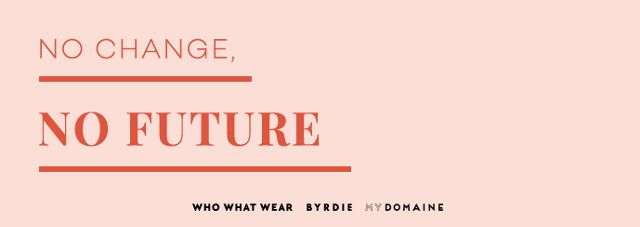
Shop more sustainable styles by Kacey Devlin online.
-
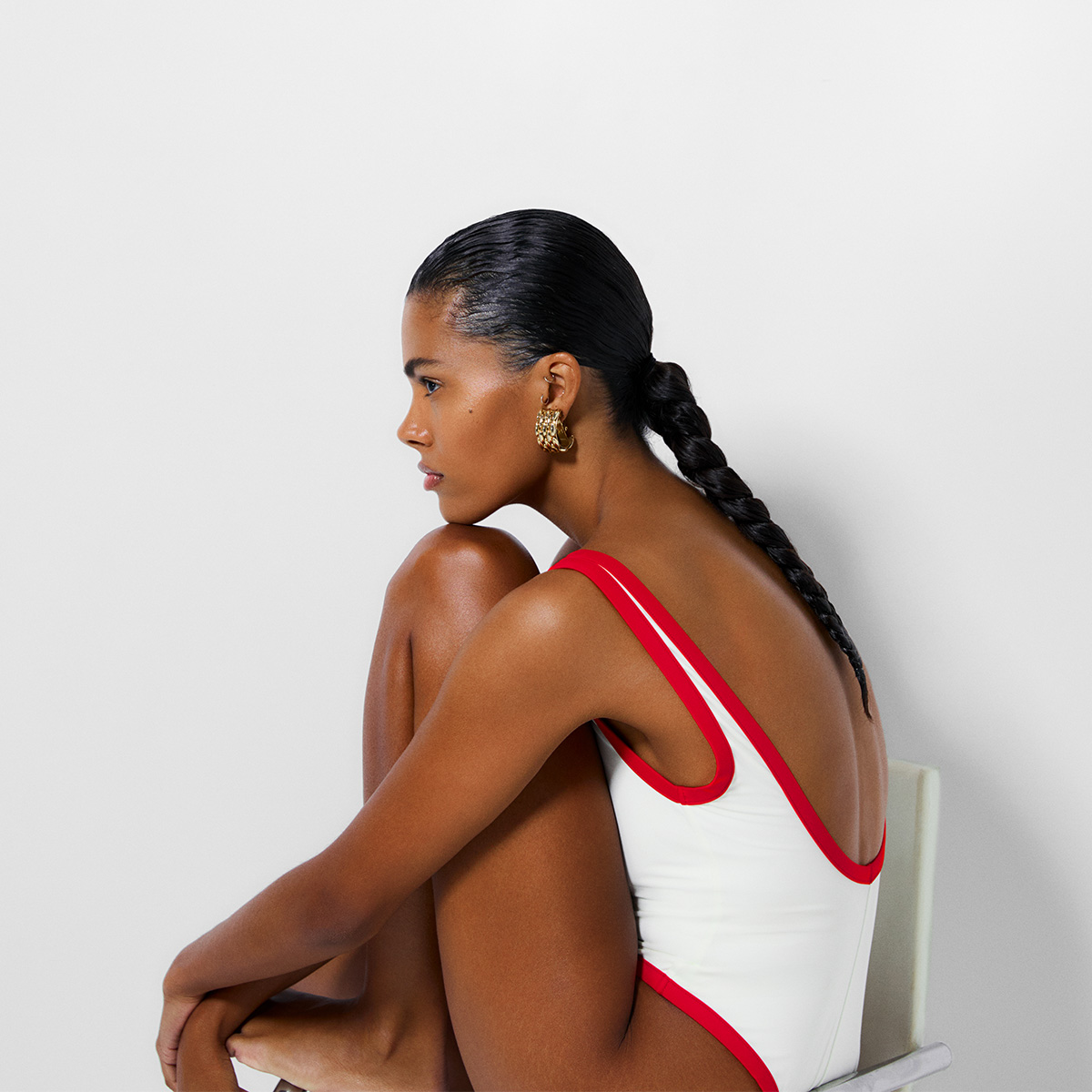 Reformation Finally Launched Swimwear, and the Collection Is Pure Elegance
Reformation Finally Launched Swimwear, and the Collection Is Pure Elegance*Orders every suit.*
By Eliza Huber
-
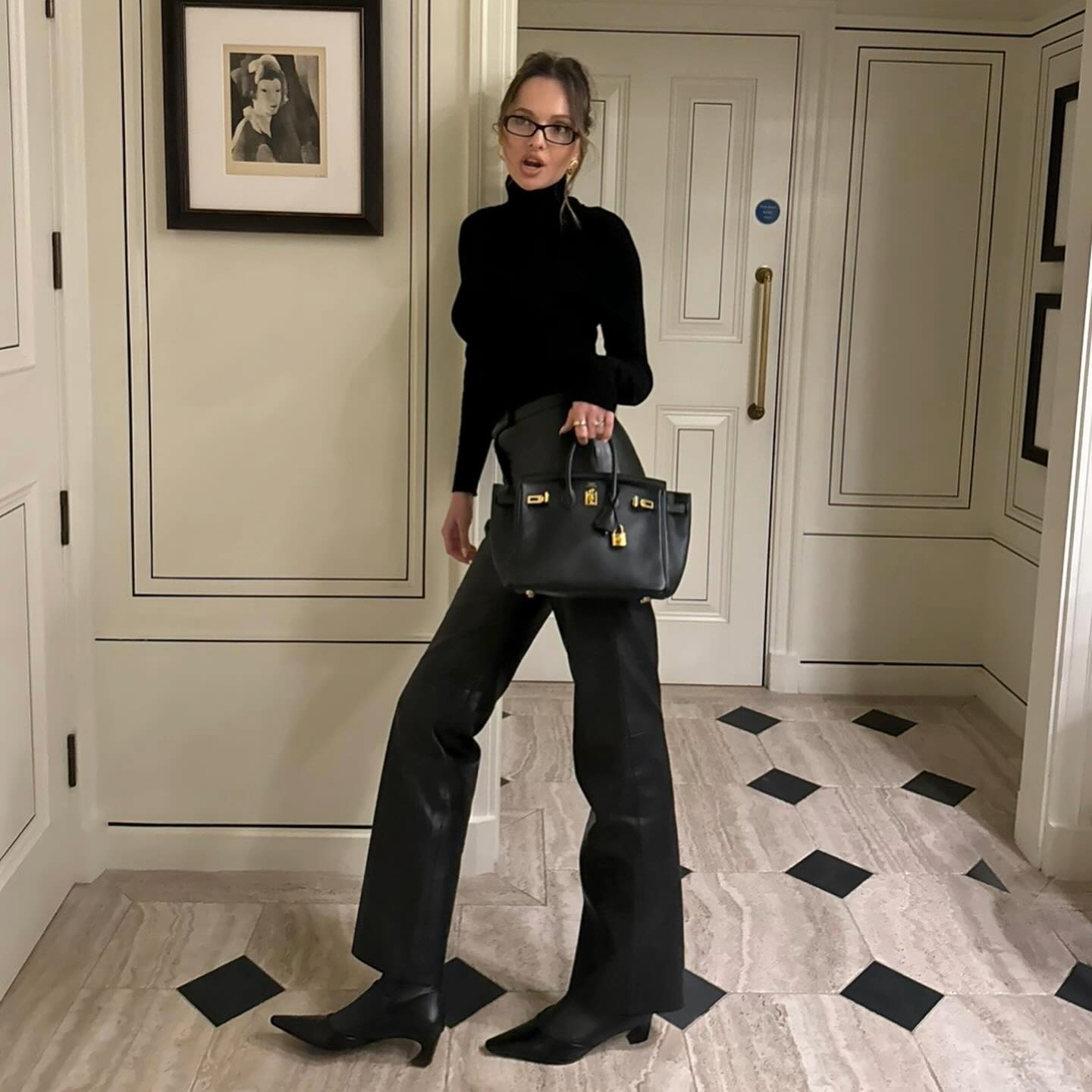 All My Outfits Are Now Built Around These 5 Items
All My Outfits Are Now Built Around These 5 ItemsConsider this my winter capsule wardrobe.
By Caitlin Burnett
-
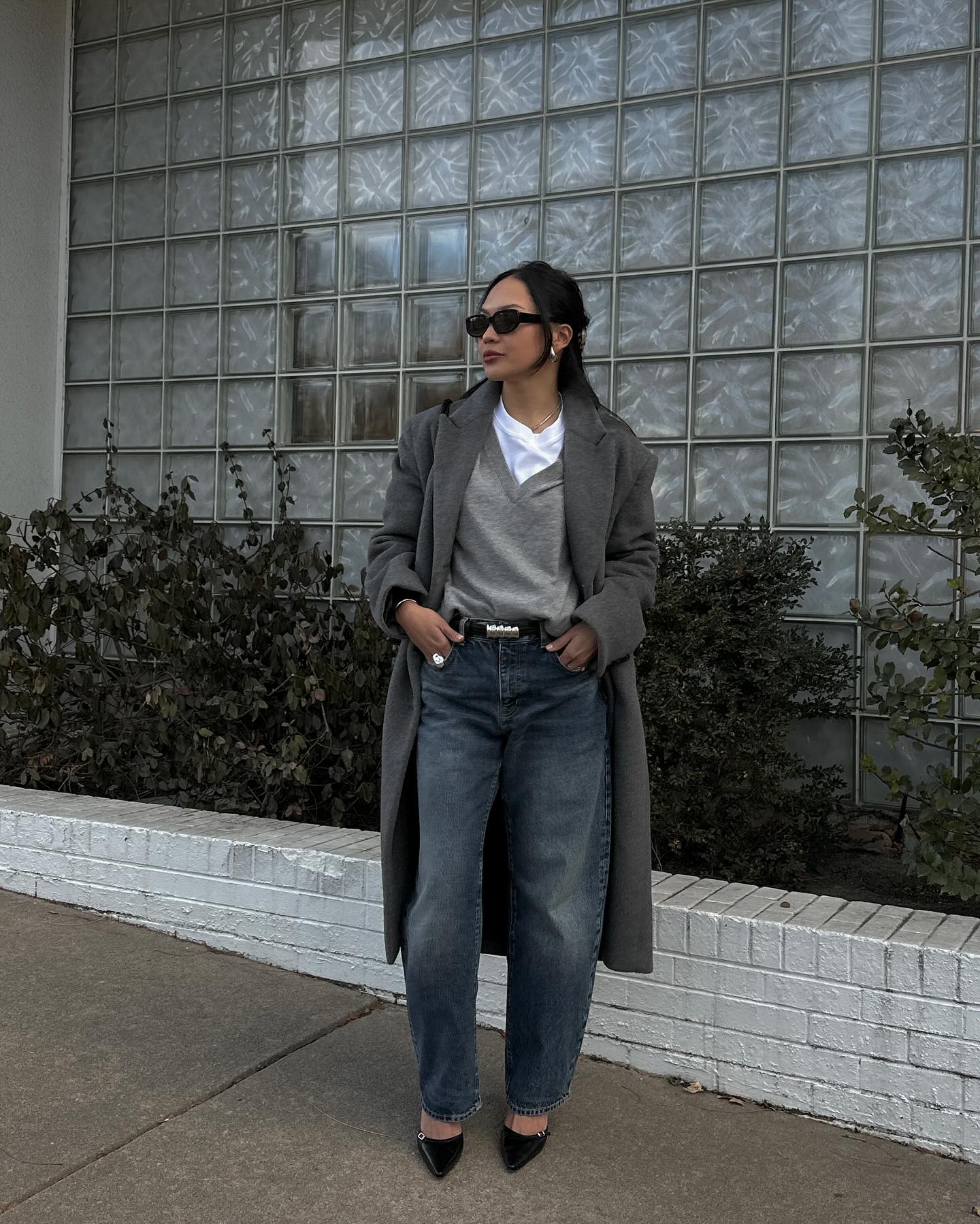 If You Have 60 Seconds to Get Dressed, Just Wear One of These Easy Outfits
If You Have 60 Seconds to Get Dressed, Just Wear One of These Easy OutfitsSet your timer.
By Aemilia Madden
-
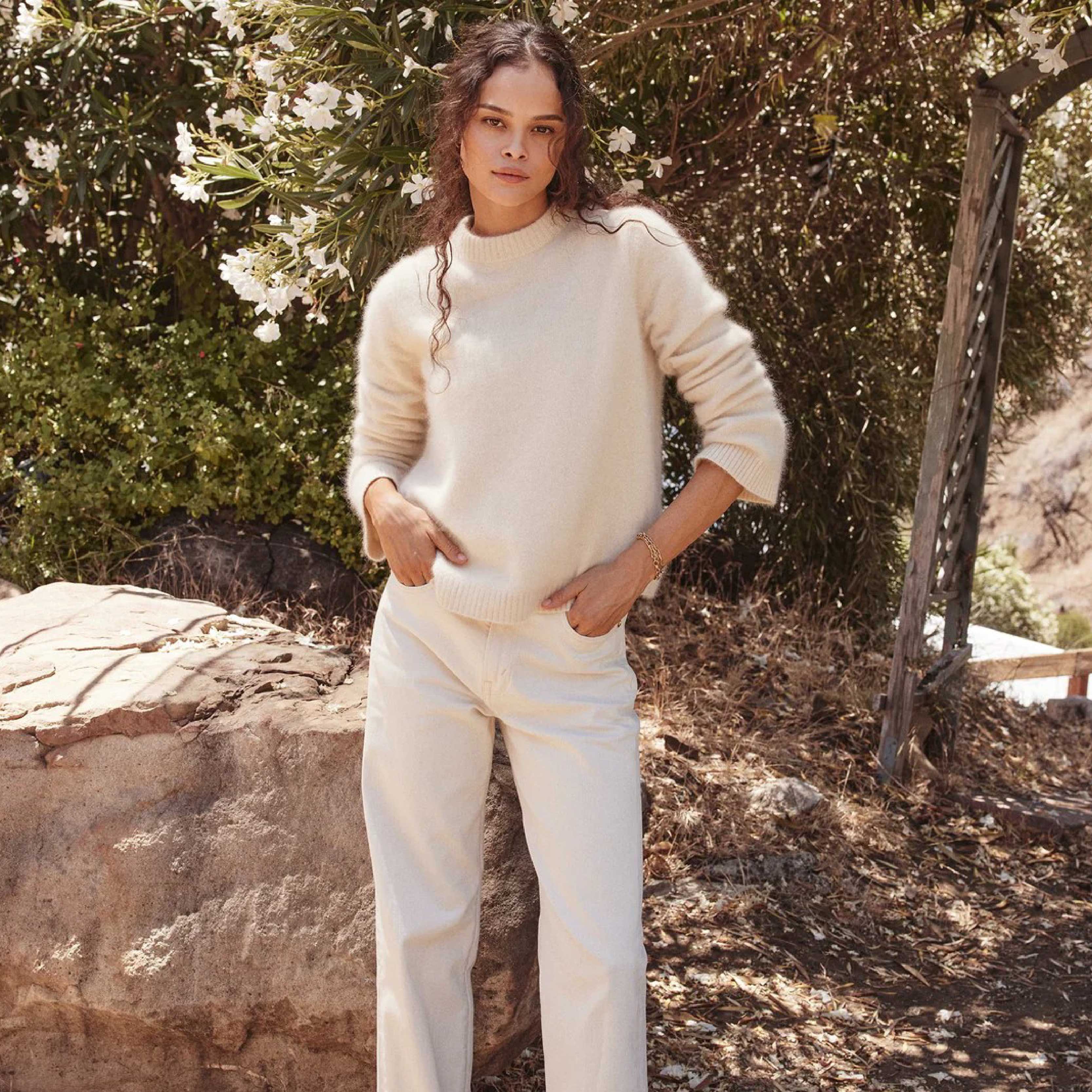 16 Classic Finds That Are Key to Building Your Perfect Capsule Wardrobe
16 Classic Finds That Are Key to Building Your Perfect Capsule WardrobeThis brand is a gem.
By Raina Mendonça
-
 I Started My Day Like Akilah Releford Gould for a Week: 5 Habits I'm Keeping
I Started My Day Like Akilah Releford Gould for a Week: 5 Habits I'm KeepingSuch a game changer.
By Maya Thomas
-
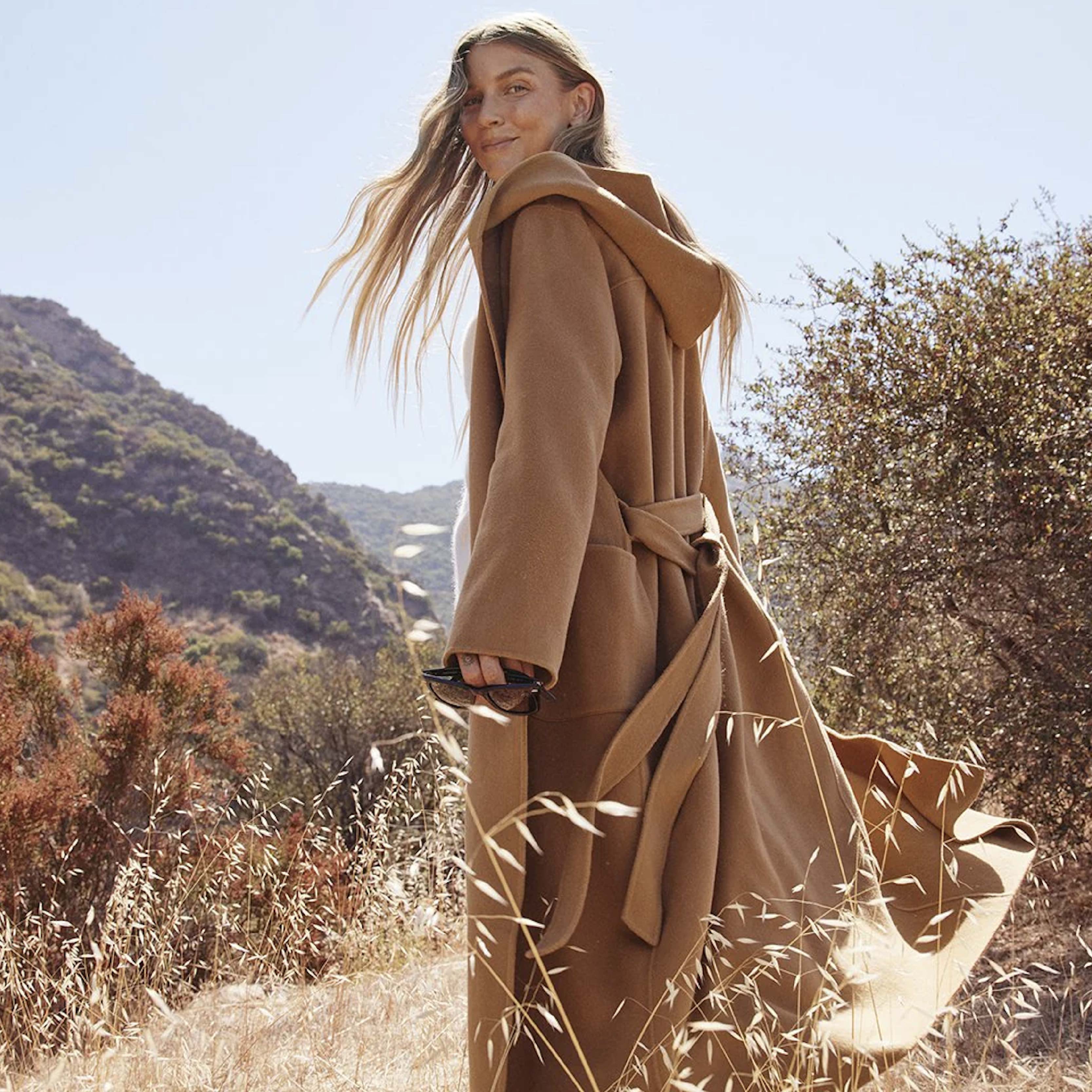 16 Classic Winter Fashion Finds That Will Stand the Test of Time
16 Classic Winter Fashion Finds That Will Stand the Test of TimeThese are winners.
By Raina Mendonça
-
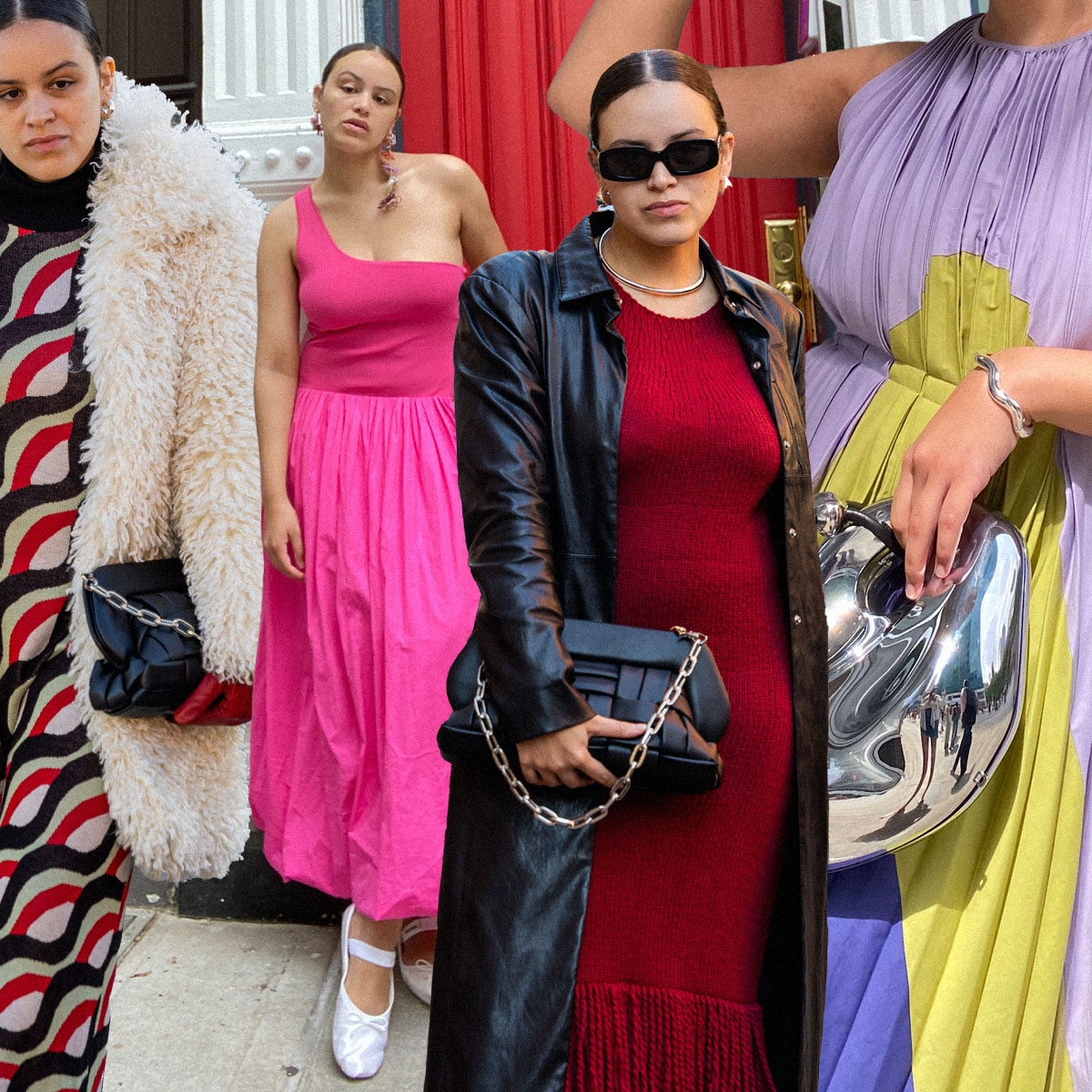 I Haven't Spent More Than $150 on Clothing in Six Months—Here's How I Did It
I Haven't Spent More Than $150 on Clothing in Six Months—Here's How I Did ItYes, really.
By Jasmine Fox-Suliaman
-
 Feel and Look Good: Shop These Supermodel-Approved, Sustainable Summer Picks
Feel and Look Good: Shop These Supermodel-Approved, Sustainable Summer PicksSlow fashion is here to stay.
By Raina Mendonça

